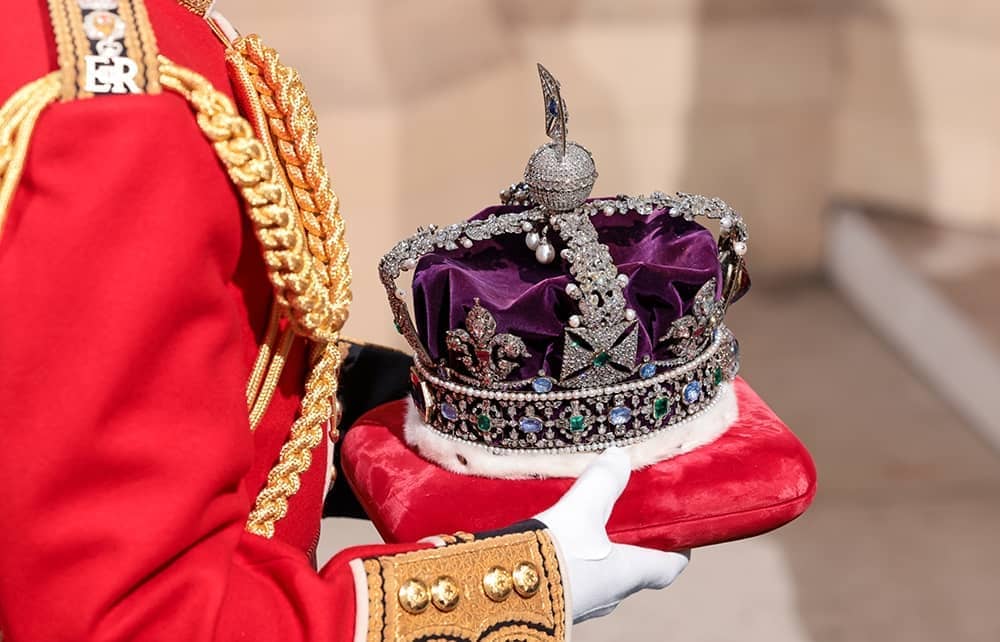Long to reign over us
The Queen is the world’s current longest-serving monarch, but two in history have had longer reigns.
– Louis XIV of France ascended the throne aged four in 1643 and served until his death in 1715 aged 76 – 72 years, 110 days on the throne. He was succeeded by his five-year-old great-grandson.
– Rama IX was king of Thailand from 9 June 1946 until his death on 13 October 2016 – a period of 70 years, 126 days.
– The Queen will overtake Rama IX on 12 June this year, but will have to reign until 21 May 2024 before she eclipses Louis XIV to become the longest-ever reigning monarch.
Set in stone
What should the next jubilees be called (to go by a selection of jewellers’ websites)?
Sapphire or diamond (already used for 65th and 60th respectively) – 75th
Ruby or oak – 80th
Sapphire or diamond (again) – 85th
Diamond and emerald, or stone – 90th
Titanium – 100th
Streets ahead
For the Diamond Jubilee ten years ago, local authorities gave permission for 9,500 street closures for parties. Which parts of the country saw the most? Among counties:
Most:
Hertfordshire 451
Surrey 419
Fewest:
Somerset 60
Among London boroughs:
Most:
Wandsworth 164
Richmond 163
Fewest:
Barking and Dagenham 5
Royal protocol
How did previous monarchs mark jubilees?
– George III celebrated his Golden Jubilee with a private service, followed by a Grand Fete and fireworks at Windsor. The next day he travelled to London for a service of thanksgiving at St Paul’s, followed by a dinner at the Mansion House.
– For her Golden Jubilee in 1887, Victoria was treated to a royal banquet at Buckingham Palace, attended by 50 foreign kings and princes. The following day she travelled on a state landau pulled by six horses to Westminster Abbey. She appeared on the balcony at Buckingham Palace, and there were fireworks in the gardens.
– Ten years later, for her Diamond Jubilee, a service was held on the steps of St Paul’s due to the Queen’s mobility problems. She was then taken on a six-mile procession.






Comments